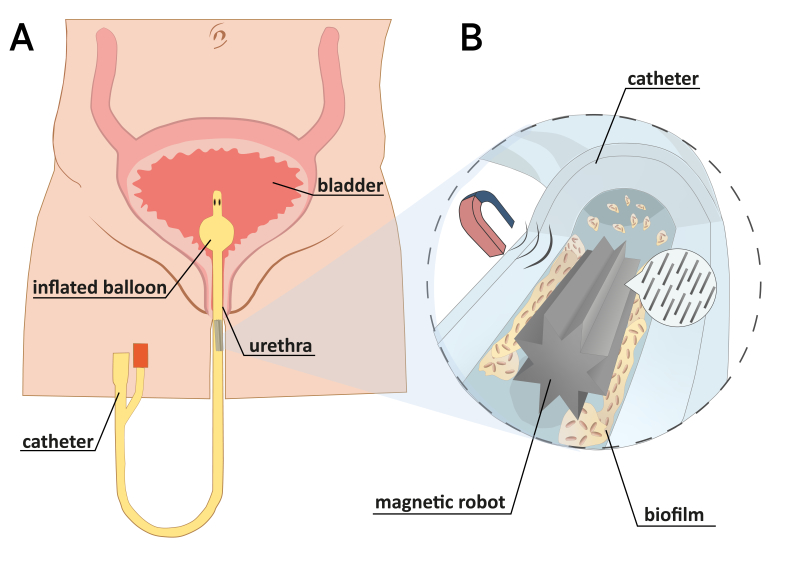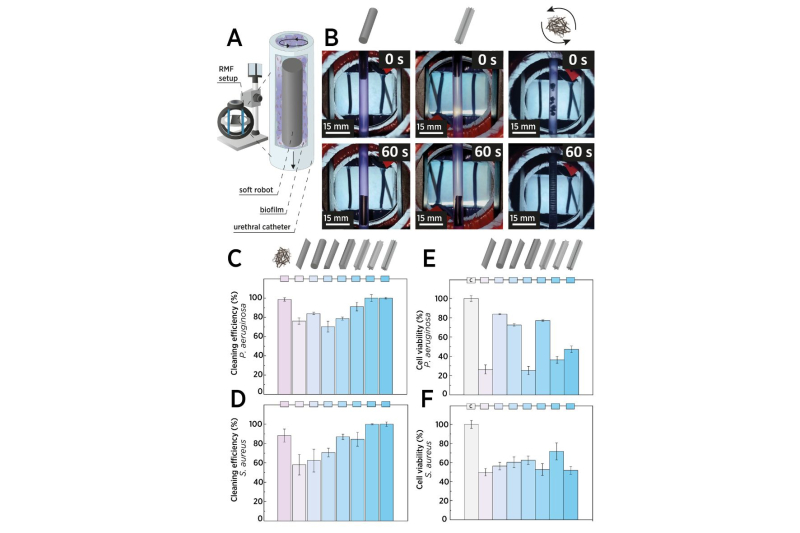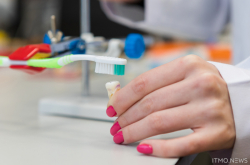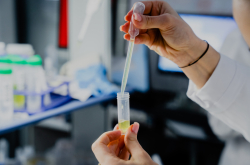People who experience urination problems or patients treated at hospitals after accidents often have to rely on urethral catheters to remove liquid from the bladder. Inside the human body, such catheters may accumulate biofilms composed of different bacteria. This leads to higher risks of urethritis and other urinary tract infections (UTIs). In order to avoid such consequences, catheters have to be replaced at least once a week, which is a painful procedure for the patient. And if an infection does develop, patients need to receive antibiotic treatment, which can lead to antibiotic resistance.
A group of researchers from St. Petersburg, Rostov-on-Don, and Chelyabinsk have developed soft magnetic robots capable of removing biofilm from a catheter’s surface, thus preventing the spread of bacteria. The robots are made from a composite material, comprising magnetic nanoparticles and elastomer (a highly elastic polymer material). Out of the total of seven types of robots that were tested, the octagram-shaped variety proved to be the most efficient thanks to its complex shape.
Here’s how it works: the robot is placed inside a catheter, which is then placed inside a magnetic field. Prompted by an alternating magnetic field, the robot starts rotating and moving inside the catheter, removing biofilm from its surface.
“We have tested our robots in vitro: we grew biofilms with bacteria in higher concentrations than usually found in real-life cases. In our tests, we used gram-positive (Pseudomonas aeruginosa) and gram-negative (Staphylococcus aureus) bacteria. In about a minute, the robots were able to eradicate a three-day-old bacterial culture with an almost 100% efficiency. Additionally, we have tested the bacteria’s viability after the procedure. On average, we were able to achieve a 50-80% bacterial death rate for all robot types,” explain two of the paper’s authors – Daniil Kladko, an engineer at ITMO’s ChemBio Cluster, and Polina Baburova, an ITMO graduate.
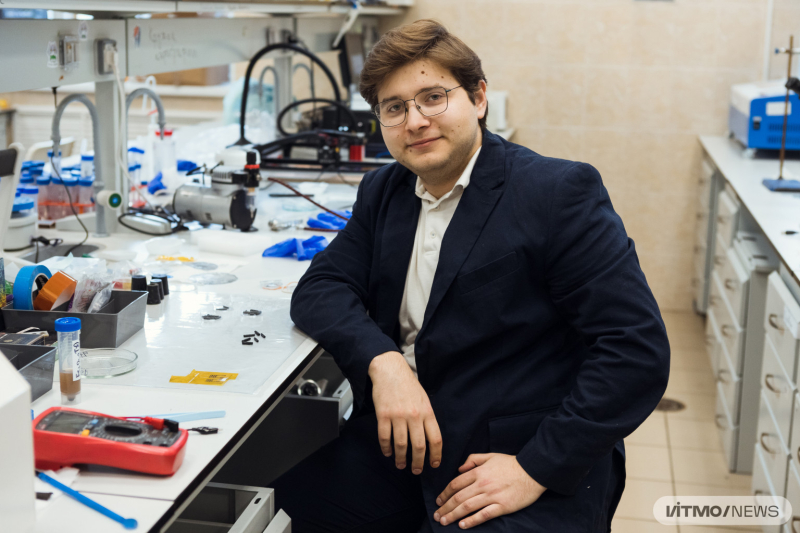
Daniil Kladko. Photo by Dmitry Grigoryev / ITMO.NEWS
With this solution, it will be possible to extend the catheter use time and lower the risk of infections. The researchers believe that using their robot once a week would be enough to keep a catheter clean. Next, the research team is planning to improve the lab’s magnetic setup and proceed to animal testing. Also on the agenda is adapting the robots for other types of catheters, including venous and stomach ones, as well as those used for tracheal intubation (during gastrostomy).
This project is supported by the Russian Science Foundation and the Priority 2030 national program.
Reference: Polina Baburova, Daniil Kladko, Alina Lokteva, Anna Pozhitkova, Viktoriya Rumyantceva, Valeriya Rumyantceva, Ilya Pankov, Sergey Taskaev, and Vladimir Vinogradov. Magnetic Soft Robot for Minimally Invasive Urethral Catheter Biofilm Eradication (ACS Nano, 2023).

